Comet Mk4C Restoration News
The First Intercontinental Jet Airliner
"Dedicated to restoration of the first Mk4C and the last complete de Havilland Comet in North America"
From the Desk of Bob Hood ~ Comet Progress Update
COMET 2011 RESTORATION REVIEW
The general plan is to shield as much of the aircraft as possible from Puget Sound’s very high humidity environment. To accomplish this, we worked on outside wing protection for most of the year.
Therefore, our major 2011 effort focused on completing the previously started wing protection system. Very hard work done by the crew, including John Blum, Jeral Godfrey, Gary Hopper, and others toiled to protect the Comet’s wings from corrosion. (By the end of 2010, we had identified about 10 through skin wing bottom skin corrosion sites.)
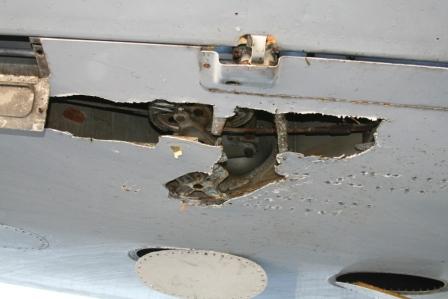
Figure 1 – Corrosion Damage to wing bottom skin
THE LONG TERM PRESERVATION PLAN
The Comet’s present status benefits from many years of preservation:
| 1. | Removal of all external flight control surfaces, including the vertical and horizontal stabilizers, the rudder and elevators, all four flaps, and ailerons with trim tabs. These items are stored out of the weather in the hangar where they are available for year-round restoration. Most of this was done by the beginning of the year. |
| 2. | Flooding the rear fuselage and passenger compartment with dry air --- continuing a process that has for more than a decade successfully arrested the very advanced aft fuselage corrosion we found at the beginning of restoration. |
| 3. | Further, since 2001, when the Comet nose was pulled into the Everett hangar, the fuselage forward of the wing roots has had protection for the forward passenger compartment and all cockpit openings. |
Construction of a protective wing cover system was begun in 2011 to keep the wings in a controlled dry air environment using the same Munters dehumidifier that presently protects the Comet aft fuselage and the interior of the first Boeing 727.
The whole Comet restoration crew will celebrate when the wing cover is complete because then the last Comet in the Western Hemisphere will be stabilized against further corrosion. Its future permanent preservation will wait until the Museum’s planned large aircraft exhibit building has been funded and constructed.
When an assured controlled environment is available in Seattle at the Museum of Flight’s main Boeing Field facility, the Everett Comet’s wings will be separated from the fuselage, and the whole aircraft moved by flatbed trailer or Puget Sound barge from Paine Field to Boeing Field. There, after rejoining the wings and other external panels to the fuselage, the aircraft will be painted in the original Pan Am / Mexicana livery and put on display in the new building.
That is the general plan. Many time consuming and complex steps are underway to bring all of this about.
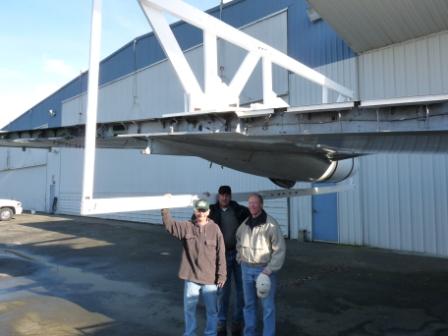
Figure 2 – Pannier Tank Cable Support Beams with Jeral Godfrey, John Blum, and Bob Morris
In the past years, we rigged a port wing cover support system, which included construction and installation of three major cable support beams roughly parallel with the main axis of the aircraft fuselage --- one 36 foot long one over the fuselage centerline, then two 26 foot beams over the pannier tanks. This included special platforms constructed to fit over the pannier tanks to support the associated beam forward ends, and the manufacture of steel locating straps to positively secure the pannier tank beam supports and the side-to-side and lengthwise position of the fuselage top beam. Wing tip panels were removed and replaced by rigid cable mounting points. A portable ladder was built to reach from either port or starboard wing root to ease access to the fuselage top beam when installing the wing cover fabric.
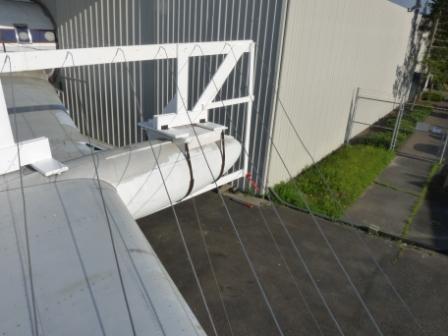
Figure 3 – Wing Cover Support Cables
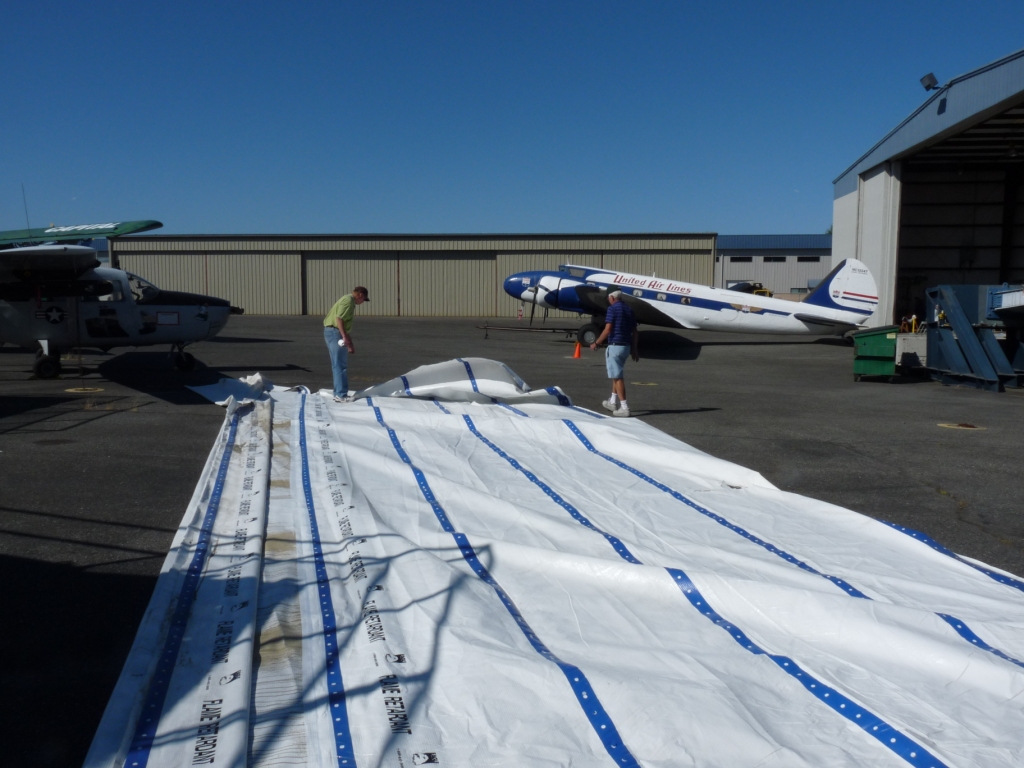
Figure 4 – Assembling Wing Cover Fabric
The plastic fabric for wing top-and-bottom cover panels, and the large vertical panels forward and aft of the wings were formed by taking 12.5 foot wide strips of fire retardant plastic reinforced fabric (reclaimed from a construction site) and taping them together with special tape that claimed to form a chemical weld between adjacent sheets. (We were disappointed to later learn that these taped joints would prove to be the weak point in the concept.) A few weeks after mounting, the port wing top cover was torn due to more than 60 mph winds. Subsequently a system of through fabric battens was created to limit movement of the fabric under very high wind conditions. However, a critical look at the overall port wing result left us concerned we would not have a cover with low enough air leakage to make possible the low 35% Relative Humidity needed to stabilize wing internal corrosion.
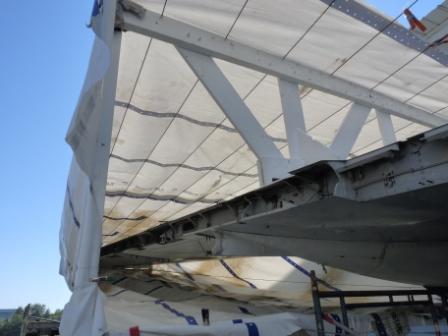
Figure 5 – First Fabric Over Port Wing Tip
So, after many hundreds of hours of effort, we returned to the drawing board.
All past effort is not lost. With this learning experience behind it us, it now appears that the best technique will be to encase both wings in a heavy (9 mil thick) ‘shrink-wrap’ plastic cover to block high winds and be impervious to water. This will be superior to the original plan because it will provide much better protection from the area’s average 75% relative humidity.
We are currently in fund raising mode to find the money to complete the shrink-wrap operation.
Viewed objectively, the quality of the ‘FIRST JET AIRLINER’ exhibit will really rest on the cumulative effect of a large number of small details. After all, we are trying to re-create the impressions that a visitor to the world’s first jet airliner would have had when he or she first stepped into the Comet --- an exciting moment for new passengers in 1960. The challenge is to impart their perception to modern 21st century Museum visitors.
The validity of that experience rests on the accurate execution of many small details. Although we began the year with much of the passenger cabin and forward galley units restored, many details were needed to closely duplicate the appearance of our aircraft in 1960 when it left Hatfield. This year, five to six volunteers spent their time to good advantage. A partial list of activities includes:
| 1. | Design and construction of sheet metal covers for the modern seat leg-to-track’s joints to approximate the original appearance. |
| 2. | Completion of the small floor level panels at the center bulkhead pass-through, complete with removable fire extinguisher. |
| 3. | Further progress populating the many shelves in the five galley units, including two hot beverage dispensers on galley walls. |
| 4. | Upgrading forward entry passage and galley light fixtures to accept newly designed very low maintenance LED light sources. LED light sources were also used to simulate the light output of the original rotating beacon forward of the vertical stabilizer, with excellent effect. |
| 5. | Partial restoration of the aft passenger cabin wardrobe doors with preliminary alignment and hanging just aft of the passenger compartment. |
| 6. | With the help of our Scottish volunteer, we obtained the aft passenger door handle and associated hardware. |
| 7. | Took the first steps toward mounting the gray plastic quilted liner covers for the aft passenger and galley supply doors. The covers will be made from a roll of the original DH fabric found in the ex-Mexicana spare parts inventory. |
| 8. | Protected all passenger seats with removable plastic covers. |
| 9. | Designed and built a clear acrylic cover for the under carpet electric blanket installed over the center section’s fuel tanks. (A placard on the adjacent bulkhead explains the blanket’s function as an example of the creative design needed to deal with a very hostile 7½-mile high environment.) |
| 10. | Cut and installed carpet in the aft passenger compartment, with retainer frames for the under-floor furnace vent and aileron control bay acrylic floor panel openings. |
| 11. | The last few passenger seats were attached to seat rails, and the final plastic seat track covers were cut and mounted. |
| 12. | Comet volunteer Gary Bovey gave us a new 51-inch flat screen monitor to introduce restoration visitors to the Comet project and to familiarize them with the Comet’s history and background. The video presentation, to include many Comet pioneers and former BOAC Comet pilot Peter Duffey, is being edited for presentation in a few months. |
| 13. | Many wing root fairings have been restored by Youngsub Beck, who recently completed his Everett Community College |
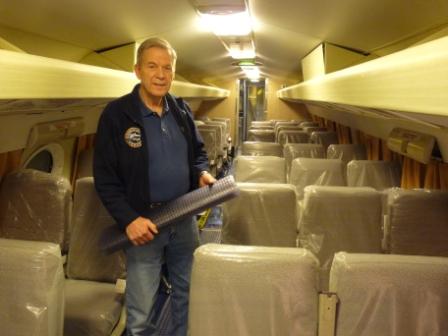
Figure 6 – Jerry Swearingen shows off the aft passenger compartment
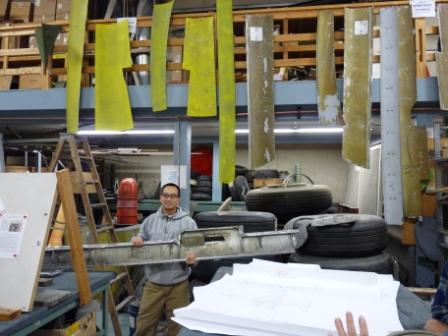
Figure 7 – Youngsub Beck With Wing Root Fairings ‘Before’ And ‘After’ Restoration

Figure 8 – Gary Bovey and Jeral Godfrey setting up the new flat screen presentation display
In the Comet interior, the major event of the year was completion of the Aileron Control Bay exhibit. This compartment, with its clear acrylic floor panels, clearly reveals the Comet designer’s great care backed up by the many redundant safety features built into the Comet’s fly-by-hydraulics aileron control. Also, a carefully made ‘look-alike’ beam fabricated to duplicate DH practice structurally supports the aisle center acrylic panel. Attention was given to reproducing all major cables, hydraulic lines and servo linkages in this compartment. A track light system using custom designed LED sources (to avoid incandescent lamp burnout) highlights the compartment’s features, including the cabin pressure regulator assembly.
Man-months of work beginning more than a decade ago are vindicated by the visually striking final result.
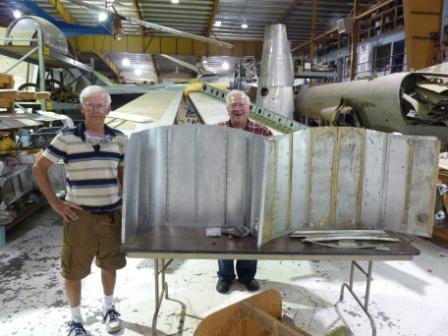
Figure 9 – Jeral Godfrey and Gary Hopper with the Aileron Control Bay - to - Aft Baggage Compartment Barrier --- before (right) and after (left)
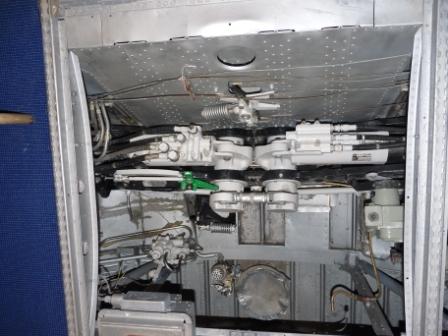
Figure 10 – Aileron control bay during restoration
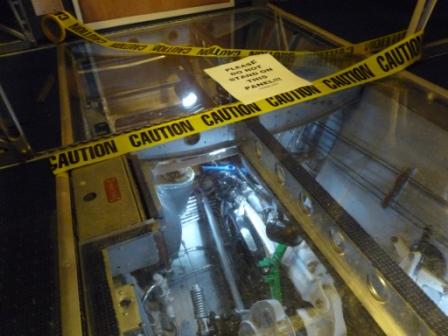
Figure 11 – Aileron Control Bay viewed through its clear acrylic floor panel
Further work in the hangar concentrated on restoration of two port wing flaps, which were found to be in very poor condition with cracks and advanced corrosion. The inboard flap’s trailing edge has a milled aluminum wedge strip which exhibited the corrosion seen in Figure 11, but we did not have the resources to duplicate the part. Then, our Scottish volunteer again came to the rescue! He talked a friend into removing the same strip from a decommissioned Nimrod flap and mailed the part to us. Elsewhere, the flap panel’s many cracks and patches required a surprisingly large time commitment. To finish flap restoration, we plan to build temporary flap bead blasting chambers in 2012 to clean up leading edges. After that, the panels will be corrosion protected and stored in the hangar’s dry environment.
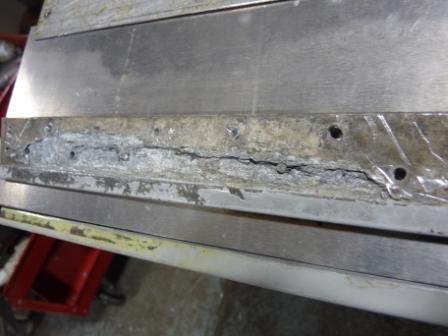
Figure 12 – Port inboard flap trailing edge – before restoration
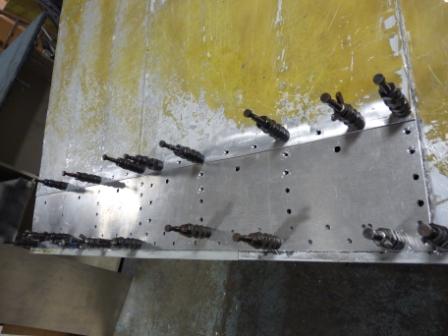
Figure 13 – Port inner flap trailing edge – during restoration

Figure 14 – Al Horne with Finished Flap Trailing Edge
Last year’s progress is due to the dedicated efforts of many Museum of Flight volunteers, for whom we give enthusiastic thanks:
| John Blum | Gary Bovey | Bruce Cronk |
| Jeral Godfrey | Paul Gueros | Al Horne |
| Gary Hopper | Mike King | Heijo Kuil |
| Paul Lehtinen | Charlie Martin | Bob Morris |
| Dick Oliver | Bill Publicover | Phil Sacks |
| Richard Siggens | Jerry Swearingen | Roger Swearingen |
| Dave Welton | Marcos Ximenes | Sheree Van Berg |
Add to these names our profound gratitude to Scottish volunteers Rab and Linda Logan plus British DHAeTSA supporters Bob and Monica Wright.
We conclude with grateful thanks to the entire restoration crew for continuing with unabated progress during the project manager’s two-month absence recovering from a port wing pannier tank scaffold fall.
THE ENTIRE COMET CREW WISHES ITS MANY WORLDWIDE FRIENDS A HEALTHY AND SUCCESSFUL NEW YEAR !!!